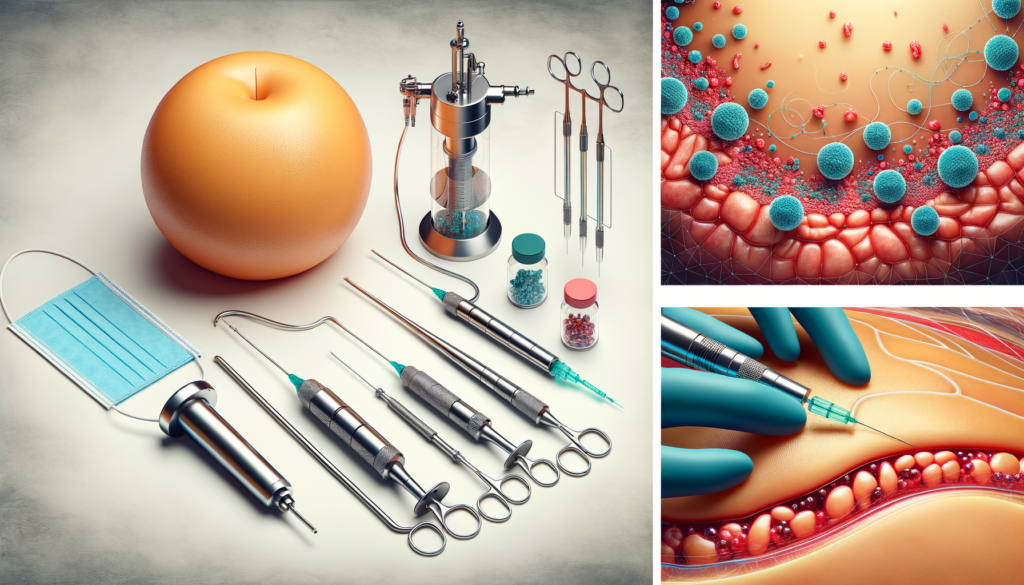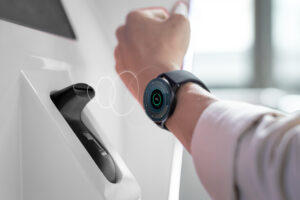The Technology Blog

Liposuction Options for Women Aged 35–55 in Switzerland
Understanding Liposuction: An Overview
Liposuction has become a renowned procedure for individuals seeking to refine their body contours by removing excess fat deposits. This surgical technique is particularly popular among women aged 35 to 55 in Switzerland, who are looking to achieve a more sculpted physique. The procedure involves the extraction of fat through a suction technique, targeting areas that are resistant to diet and exercise. This makes it an appealing choice for those who want to enhance their body shape with precision.
One of the primary reasons liposuction is favored by women in this age group is its ability to deliver noticeable results in areas such as the abdomen, thighs, and hips. As metabolism naturally slows down with age, these areas can become stubborn despite healthy lifestyle choices. Liposuction offers a solution by effectively targeting these specific zones, allowing individuals to regain confidence in their appearance.
It’s important to note that liposuction is not a weight-loss solution but rather a body contouring procedure. Candidates typically have localized fat deposits and are within 30% of their ideal weight. The procedure is best suited for those who have firm, elastic skin and good muscle tone. As with any surgical intervention, potential candidates should consult with a qualified professional to discuss their goals and expectations.
Traditional Liposuction Techniques and Alternatives
Traditional liposuction involves the use of a cannula—a thin tube inserted through small incisions in the skin. The surgeon moves the cannula beneath the skin to suction out fat deposits. While this method has been effective for many years, advancements in technology have introduced several alternatives that may offer different benefits.
Among these alternatives are techniques such as laser-assisted liposuction and ultrasound-assisted liposuction. Laser-assisted liposuction uses laser energy to liquefy fat cells before removal, which may result in less bruising and a quicker recovery time. Ultrasound-assisted liposuction, on the other hand, uses ultrasonic vibrations to break down fat cells, making it easier to remove them. These methods can be particularly beneficial for treating areas with denser fat deposits.
When considering liposuction, it’s crucial to evaluate the different techniques available and determine which aligns best with personal needs and goals. Each method has its own set of advantages and potential drawbacks, and a thorough consultation with a healthcare provider can help in making an informed decision.
Post-Procedure Care and Recovery
Recovery from liposuction varies depending on the individual and the extent of the procedure. Generally, patients can expect to experience some swelling, bruising, and discomfort in the treated areas. These symptoms are typically manageable with prescribed medications and proper care. It’s essential for patients to follow their surgeon’s post-operative instructions to ensure a smooth recovery process.
Most individuals can return to work and resume light activities within a week, although strenuous activities should be avoided for several weeks. Wearing compression garments as recommended by the surgeon can help reduce swelling and support the new body contours as they heal.
Long-term results of liposuction are best maintained through a balanced diet and regular exercise. While the procedure permanently removes fat cells, remaining fat cells can still expand if a healthy lifestyle is not maintained. Therefore, liposuction should be viewed as a complement to, rather than a replacement for, healthy habits.
Overall, liposuction offers a viable option for those seeking to enhance their body shape and confidence. By understanding the procedure, exploring available techniques, and committing to post-procedure care, individuals can achieve satisfying and lasting results.









